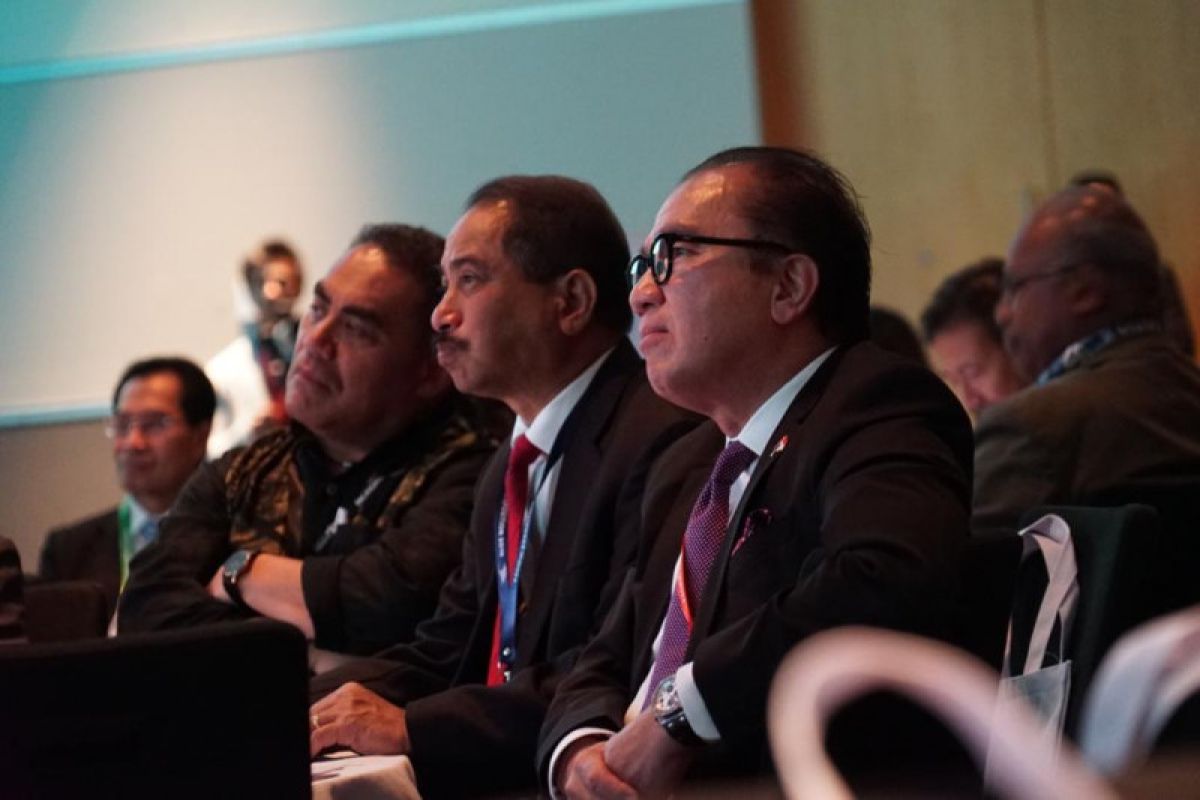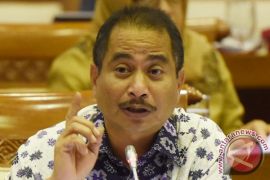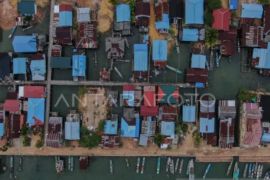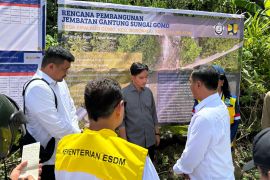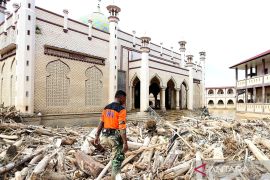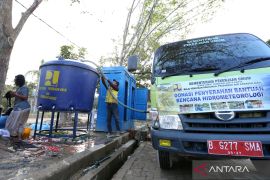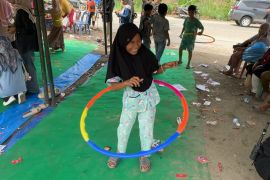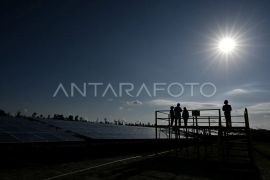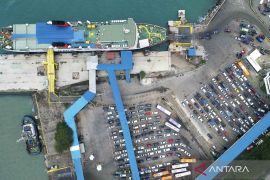Those are precious assets for these countries which do not have many natural resources to exploit as their income sources.
Among the best destinations in the Pacific region are Fiji, Cook Islands, Samoa Islands, Palau Islands, and New Caledonia, in addition to Bali in Indonesia, New Zealand and Australia.
By the year 2040, tourism will be one of the most important sectors in the Pacific Islands, if the industry’s growth is managed sustainably, a World Bank report entitled “Pacific Possible: Tourism”, has predicted.
That would mean as much as US$1.8 billion in annual income, and some 128,000 new jobs created, according to the 2016 report released during the annual board meeting of the South Pacific Tourism Organization.
Tourism is one of the industries that can continually contribute, due to an abundance of natural habitats, such as sandy beaches and a relatively consistent climate. Tourism is also likely to grow due to an increase in international flight routes to the region, said Ian Campbell, WWF Pacific’s Shark Heritage Programme Manager.
However, tourism is limited to countries with the infrastructure to accommodate an increase in visitors. For example, Fiji, Samoa, and French Polynesia are more easily able to accommodate large numbers of visitors with access via international flights and cruise ships, according to Campbell. Countries such as Niue, Nauru, and Kiribati are unlikely to be able to do so, due to lack of infrastructure and geographic isolation, he noted.
Indonesia, an archipelagic country lying between the Indian Ocean and the Pacific Ocean, initiated the First Pacific Exposition themed “Creating a Pacific Momentum” in Auckland, New Zealand, from July 11 to 14, 2019.
Officially opened by Indonesian Foreign Affairs Minister Retno LP Marsudi, the expo included a range of events from the Tourism Forum (July 11), the Business and Investment Forum (July 12), the Pacific Cultural Forum (July 13), and the Pacific Arts and Cultural Festival (July 12-14), and concluded with the Sound of the Pacific concert (July 13-14).
The Exposition saw the participation of officials, businessmen, and artists from 20 Pacific countries - Solomon Island, Australia, Cook Island, Federated States of Micronesia, and Fiji, in addition to French Polynesia, Indonesia, Kiribati, Marshall Islands, Nauru, and New Zealand. Niue, Palau, Papua New Guinea, and Samoa are also participating along with Timor Leste, Tuvalu, Vanuatu, and New Caledonia.
Hundreds of business players from a number of sectors such as tour operators, food and beverages, transportation, infrastructure, and communications, participated in the Pacific Tourism Forum to discuss a collaborative network on the establishment of One Pacific Destination concept offered by Indonesia.
The tourism sector could provide potential new areas for cooperation, including in promoting the One Pacific Destination concept, that could combine the strengths of tourism from each country in the Pacific, and promote sustainable tourism, Indonesian Tourism Minister Arief Yahya told the audience.
“One Pacific Destination is important as a holistic brand which shows the original essence of every region and represents the values felt by tourists visiting the Pacific region.
Tourism knows no boundaries, thus it would be able to provide new opportunities, which he termed as TTI (Tourism, Trade and Investment), the minister further explained. Tourism is a gateway to attract trade and investment.
The Pacific is a world-class tourism destination that has long been acknowledged for its natural beauty, enchanting culture and friendly people, Tantowi Yahya, Indonesia’s ambassador to New Zealand, Samoa and Tonga, said.
The region as a single-tourism destination package will user in the opportunity to shape the Pacific image as a new tourism powerhouse, Tantowi Yahya said.
Selling the unique features of the Pacific, be it cultural, artistic, natural or manmade, positive curiosity will provide a context that encourages tourist to discover first-hand something different or in short: The Pacific Brand.
The “Pacific Possible: Tourism” report identifies four strategic keys for sustainable tourism development in the region. These are improving international transport links; attracting tourists with bigger spending power; improving public sector engagement; and strengthening linkages between tourism and local economies.
Public facilities and infrastructure in many Pacific countries have yet to accommodate the growing tourism sector. Therefore, infrastructure planning is the key to facilitating tourism development across the Pacific.
This could involve improving airports and ports to receive more and larger aircraft and ships and developing secondary airports and seaports; upgrading access roads to sites and attractions.
Know-how in the tourism industry and its value chain is equally essential as the enhancement of tourism destinations. The ever-growing tourism industry in the Pacific should go hand-in-hand with their human resources capacity. (INE)
EDITED BY INE
Editor: Eliswan Azly
Copyright © ANTARA 2019
